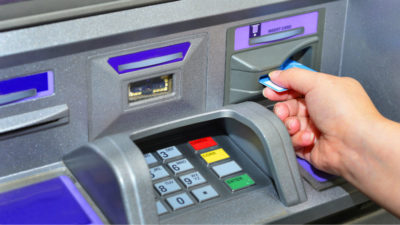The 2021 tax season has officially begun in Canada, so people should be preparing their personal tax returns by now. Many tax deductions are available to lower tax bills. One option is not a direct tax break but creates non-taxable income. The following are five ways to minimize or pay fewer taxes.
1. New BPA
The first tax-reducing scheme is the basic personal amount (BPA). All taxpayers are eligible to claim this non-refundable tax credit. For the 2020 income year, the maximum BPA had increased to $13,229 from $12,298 in 2019. If your income is $150,473 or less, you could save $931 in taxes. The BPA varies depending on your income (between $150,473 and $214,368), but the amount remains $12,298 if it exceeds $214,368.
2. Home office expenses
Employees who worked from home in 2020 have a marvelous tax break. You must have spent more than 50% of the time (four consecutive weeks at least) doing remote work to be eligible for the home office expenses tax deduction. The claim process is simpler now because of the CRA’s new temporary flat method.
You can claim a tax deduction of $2 for each day they worked from home, up to a maximum of $400. The detailed method is the second option, although you need a duly signed Form T2200S or Form T2200 from your employer to complete the claim.
3. Relocation expenses
Did you move to a new location in 2020 to work, run a business, or study as a full-time student? If the answer is yes, claim your moving expenses in the year. The only other eligibility requirement is that the distance is at least 40 kilometers closer to your new work or school. Eligible moving expenses include transportation, storage, travel, temporary living expenses and incidental costs such as a change in address on legal documents.
4. Handy digital tax credit
The Digital News Subscription Tax Credit (DNSTC) isn’t much, but it’s a handy tax break from 2020 to 2024. You can claim as much as $75 in tax for your $500 subscription to a qualified Canadian journalism organization (QCJO). The cumulative DNSTC in five years is $375.
5. Invest in a TFSA
The fresh $6,000 Tax-Free Savings Account (TFSA) contribution limit is a special tax break. While it will not directly reduce your tax bill, tax-free earnings can moderate the tax bite. Your unused contribution room in 2020 carries over to this year, so that you can contribute more to your TFSA.
TC Energy (TSX:TRP)(NYSE:TRP) is an attractive option for TFSA investors looking for stability and sustained non-taxable income. The $58.3 billion oil and gas generate stable earnings, notwithstanding the fluctuating oil and gas prices.
This energy stock has increased dividends for 21 straight calendar years. The current share price is $58.89, while the dividend yield is a juicy 5.98% dividend. Assuming your available TFSA contribution room is $20,000, the $1,196 dividend is 100% tax-exempt. Similarly, TC Energy’s 626.33% total return (10.41% compound annual growth rate) over the last 20 years is a remarkable feat. The business is enduring because the operations are low-risk.
Don’t miss the tax deadlines
Individual taxpayers have until April 30, 2021, to file returns and pay taxes owed to the government. The tax-filing deadline for self-employed individuals is June 15, 2021, but tax payments are still due on the last day of April.








